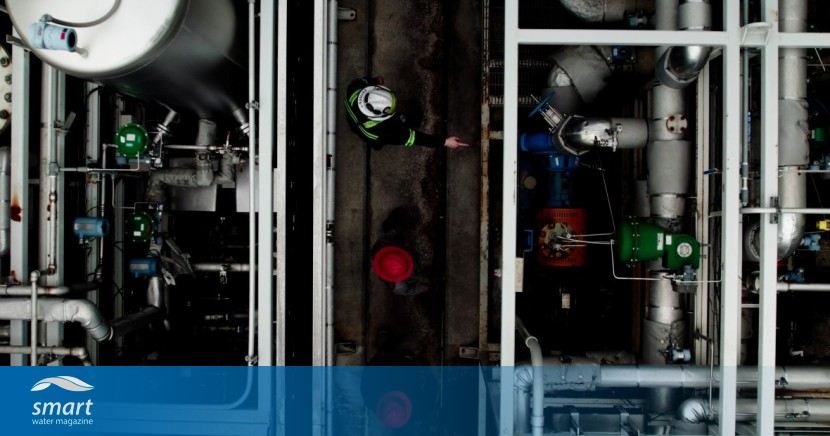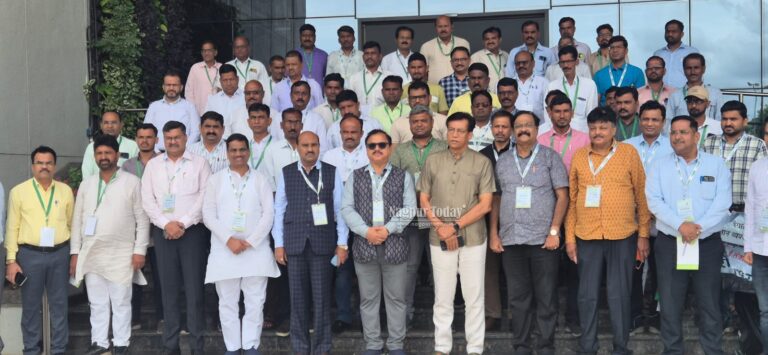
In response, ZwitterCo’s membranes offer reliable and efficient solutions for water treatment and reuse across many industries. With their growing product lines, these membranes tackle difficult wastewater problems. Industries benefiting from ZwitterCo’s membranes include meat and poultry processing, dairy production, corn ethanol facilities, sugar refining plants, power generation stations, landfills, bioprocessing plants, oil and gas operations managing produced water, food waste digestate facilities, and farms dealing with manure runoff.
Zwitterionic chemistry: A breakthrough in filtration science
To fully grasp the significance of ZwitterCo’s membrane technology, it is essential to understand the science behind these innovations. At the most basic level, membranes are composed of polymers—large molecules made of repeating monomer units. Polymers can be naturally occurring (such as proteins) or synthetic (like polyethylene). Copolymers are a specialised type of polymer that incorporates two unique monomers that create the repeating units. By manipulating these different monomers, scientists can precisely control the material’s properties, such as strength, flexibility, and chemical resistance. Common polymers utilised in conventional ultrafiltration (UF) membranes include polyvinylidene fluoride (PVDF) and polyethersulfone (PES).
Common polymers utilised in conventional ultrafiltration (UF) membranes include polyvinylidene fluoride (PVDF) and polyethersulfone (PES)
Zwitterions and zwitterionic copolymers represent a uniquely promising class of polymers due to their dual-charge nature. A zwitterion is a molecule that simultaneously carries both positive and negative charges, making the overall molecule electrically neutral and extremely hydrophilic (“water-loving”). By carefully selecting and combining these zwitterionic monomers with other compatible materials, researchers have created hydrophilic, water-loving copolymers exhibiting exceptional anti-fouling properties.
The performance is not merely incremental—it is a step change. These membranes maintain consistent throughput and rejection rates even in streams laden with fats, oils, greases, and dissolved organics. They also require significantly less cleaning, recover faster when cleaned, and dramatically extend operational life compared to conventional alternatives.




